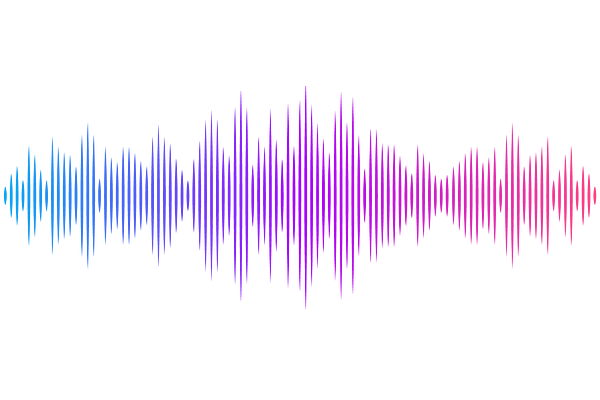A tension-induced morphological transition shapes the avian extra-embryonic territory

A tension-induced morphological transition shapes the avian extra-embryonic territory
Michaut, A.; Chamolly, A.; Villedieu, A.; Corson, F.; Gros, J.
AbstractThe segregation of the extra-embryonic lineage is one of the earliest events and a key step in amniote development. Whereas the regulation of extra-embryonic cell fate specification has been extensively studied, little is known about the morphogenetic events underlying the formation of this lineage. Here, taking advantage of the amenability of avian embryos to live and quantitative imaging, we investigate the cell- and tissue-scale dynamics of epiboly, the process during which the epiblast expands to engulf the entire yolk. We show that tension arising from the outward migration of the epiblast border on the vitelline membrane stretches extra-embryonic cells, which reversibly transition from a columnar to squamous morphology. The propagation of this tension is strongly attenuated in the embryonic territory, which concomitantly undergoes fluid-like motion, culminating in the formation of the primitive streak. We formulate a simple viscoelastic model in which the tissue responds elastically to isotropic stress but flows in response to shear stress, and show that it recapitulates the flows and deformation of both embryonic and extra-embryonic tissues. Together, our results clarify the mechanical basis of early avian embryogenesis and provide a framework unifying the divergent mechanical behaviors observed in the contiguous embryonic and extra-embryonic territories that make up the epiblast.